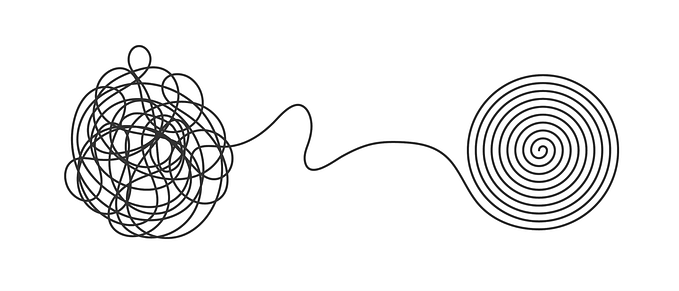Member-only story
20 days of emotional blackmail from Duolingo
Is the owl really as evil as they say?
Get these a week early at growthdives.com ✨

Over half of Duolingo’s active users have a streak of 7 days or more.
But not me.
I’m one of the users who gets bombarded by reactivation emails and push notifications asking me to come back into the app.
The messages I get are chaotic.

One moment Duolingo acts like clingy partner, the next like a food safety officer.
I knew Duo was erratic, but I didn’t quite realise how much so…
Business Insider recently named Duolingo as the ‘meanest app in the app store’, with others describing it “as ‘psychotic,’ ‘unhinged,’ and ‘abusive’.”
A spokesperson from Duolingo even went as far as to say, “Duo the Owl isn’t above posting a thirst trap if that’s what it takes to get you to do your lessons” when talking about their latest underwear range.
If that isn’t chaotic, tell me what is.
It’s certainly polarising too.
Some people love the backchat. Last year FastCompany wrote about how GenZ is obsessed with the Owl.
What’s clear is that it works for growth.
Duolingo have grown organically since their outset, with 80% of users acquired in 2023 from organic channels. Katherine Chan, Duolingo’s marketing director said last year that:
“A significant amount of our user growth comes from people seeing us on TikTok.”
Which is largely driven by sassy owl content going viral 🦉🦉🦉
In August this year too, their Q2 results showed 59% Daily Active User growth and 41% revenue growth. An unhinged owl works well for them it seems.
What I’m interested in is the impact of this scattershot owl on the user experience. What triggers, language and imagery are used in emails to persuade people back into the app?






